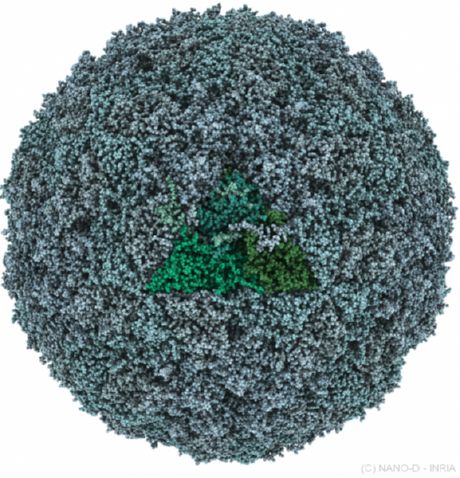Medical expert of the article
New publications
Foot-and-mouth disease viruses
Last reviewed: 04.07.2025

All iLive content is medically reviewed or fact checked to ensure as much factual accuracy as possible.
We have strict sourcing guidelines and only link to reputable media sites, academic research institutions and, whenever possible, medically peer reviewed studies. Note that the numbers in parentheses ([1], [2], etc.) are clickable links to these studies.
If you feel that any of our content is inaccurate, out-of-date, or otherwise questionable, please select it and press Ctrl + Enter.
Yashur viruses are RNA-containing viruses of the Picornaviridae family of the Aphtovirus genus, consisting of one species represented by 7 serotypes. They cause yashur - a zoonotic infectious disease characterized by a feverish condition, ulcerative (aphthous) lesions of the oral mucosa, skin of the hands and feet in humans.

Foot-and-mouth disease viruses are similar in morphology and chemical composition to other picornaviruses. They are highly virulent and dermatotropic. Foot-and-mouth disease virus can survive for a long time (several weeks) in environmental objects, in food products; it is sensitive to disinfectants.
The natural reservoir of the foot-and-mouth disease virus is sick animals, especially cattle. The virus is excreted from sick animals with milk, saliva and urine. Humans become infected when caring for sick animals, as well as when consuming raw milk and dairy products. Human susceptibility to foot-and-mouth disease is low.


 [
[